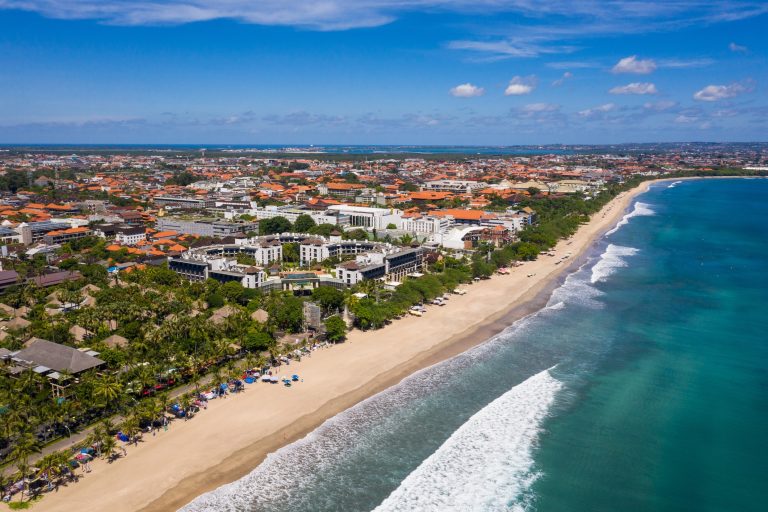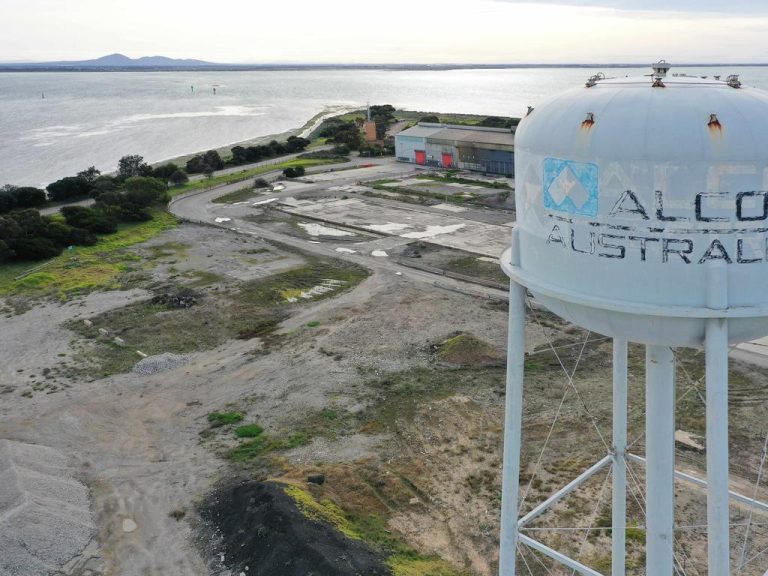Farm land values go through the roof as Australia’s agricultural sector outpaces global competition
Australia’s agricultural land has enjoyed its second year of growth, with a new report outlining land prices rising by 25 per cent this year.
Agribusiness banking Rabobank’s Australian Agricultural Price Outlook says there are a range of favourable forces that have encouraged the growth of agricultural land prices in 2022 after the significant growth seen last year.
Agricultural land prices across Australia rose by 27 per cent in 2021, with double digital growth recorded in all states.

Australia’s agricultural land prices rose by 27 per cent in 2021.
Similar growth has been observed in 2022 so far, with 25 per cent growth figures recorded and 30 per cent estimated for the full-year.
According RaboResearch report author and Australia & New Zealand general manager Stefan Vogel, Australia has outpaced many other countries in recent years when it comes to growth in agricultural land values.
“The growth has been driven by a very positive constellation of factors, including strong agricultural commodity prices and good production volumes enjoyed by many in the nation’s farm sector, which have bolstered farmers’ cash reserves and driven demand for land purchases.”

Australia’s agricultural prices have been driven by good production volumes and farmers cash reserves.
“For multiple years in a row, the macro settings have been exceptionally favourable for land purchases. Prices of most major agricultural commodities hit or moved close to record highs, widespread rainfall has supported Australian production and interest rates have been at record lows,” Mr Vogel said.
Farmland prices are forecast to slow down beyond 2023, driven by higher farm operating costs and lower farm incomes expected in comparison with recent buoyant conditions.

Farmland prices are forecast to slow down beyond 2023, driven by higher farm operating costs and lower farm incomes.
The biggest increases in farmland prices in 2021 had occurred in Victoria and Queensland, with Victorian cropping land increasing by 78 per cent and grazing land by 42 per cent.
Agricultural land deals are also increasing in size, with nine per cent of grazing and six per cent of arable farm sales exceeding $10m in 2021, particularly in Queensland and 2021.
The data set showed 30 per cent of the nation’s farm sale deals occurred in NSW in 2021, with 22 per cent in Queensland, 20 per cent in Victoria, 12 per cent in Western Australia, 11 per cent in South Australia and four per cent in Tasmania.

Victoria’s cropping land increased in value by 78 per cent.
“The tide is turning slightly as the land market needs to take a breather after the staggering growth over the past 18 months. There is also the likelihood of agricultural commodity prices and production volumes in coming years falling short of the exceptionally high or even record levels seen in 2021 and the first half of 2022.”
While agricultural demand remains strong, supply remains tightly-held.
Appetite for farm expansion has been driven by profits and the fear of missing out on the few opportunities to purchase land.
Six per cent of Australian farmers have intentions to buy land within the next 12 months.
“Buyers have been prompted to enter the market earlier than they had planned not knowing when an opportunity may arise again, and, in some cases, entering expressions of interest for a property that were much higher than the productive value might justify in order to secure the purchase.”







